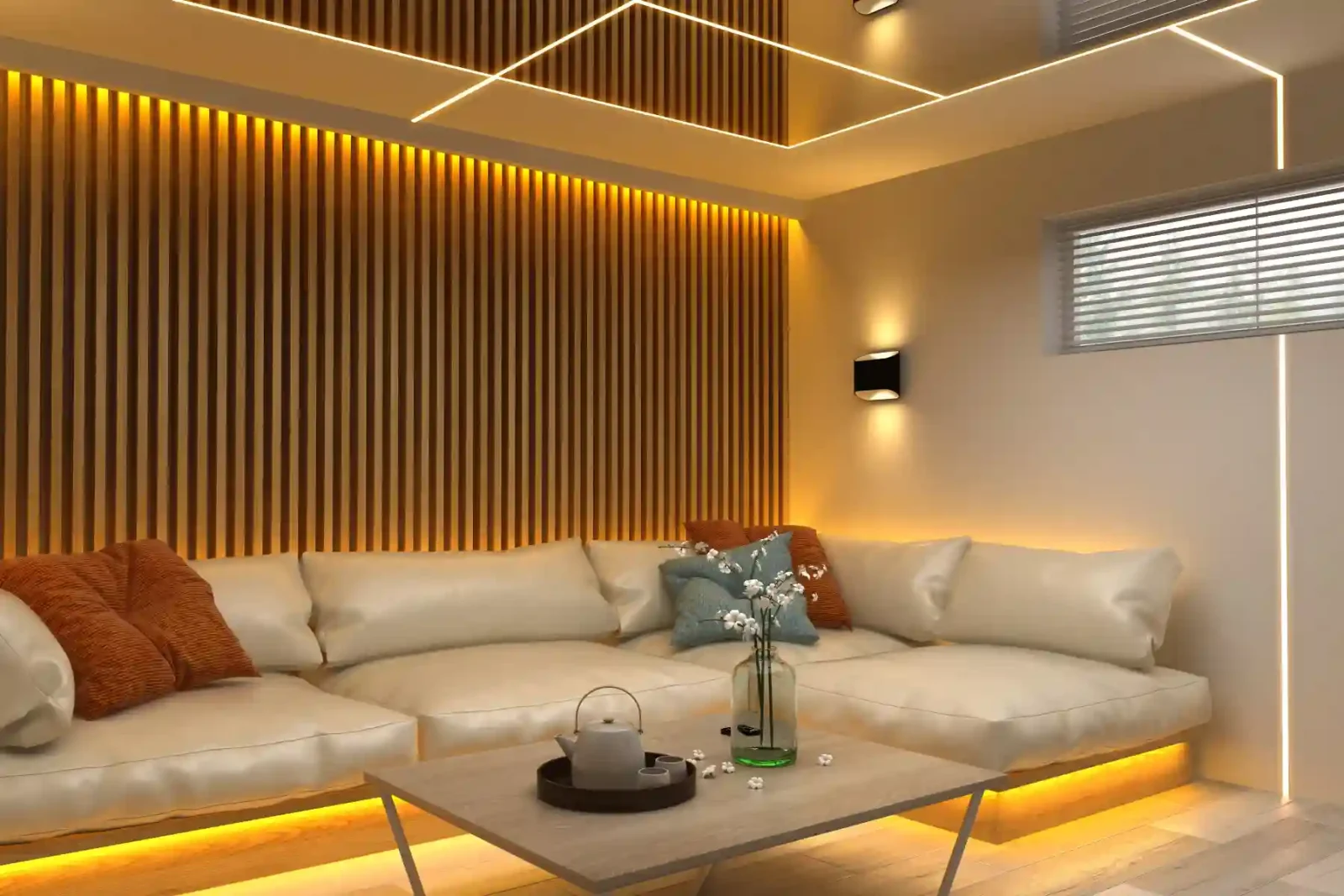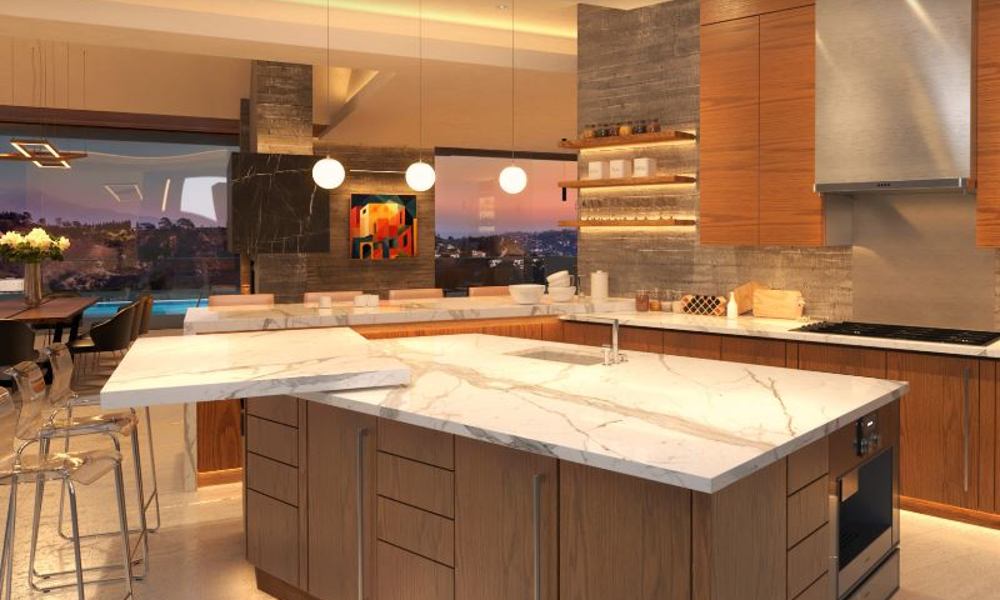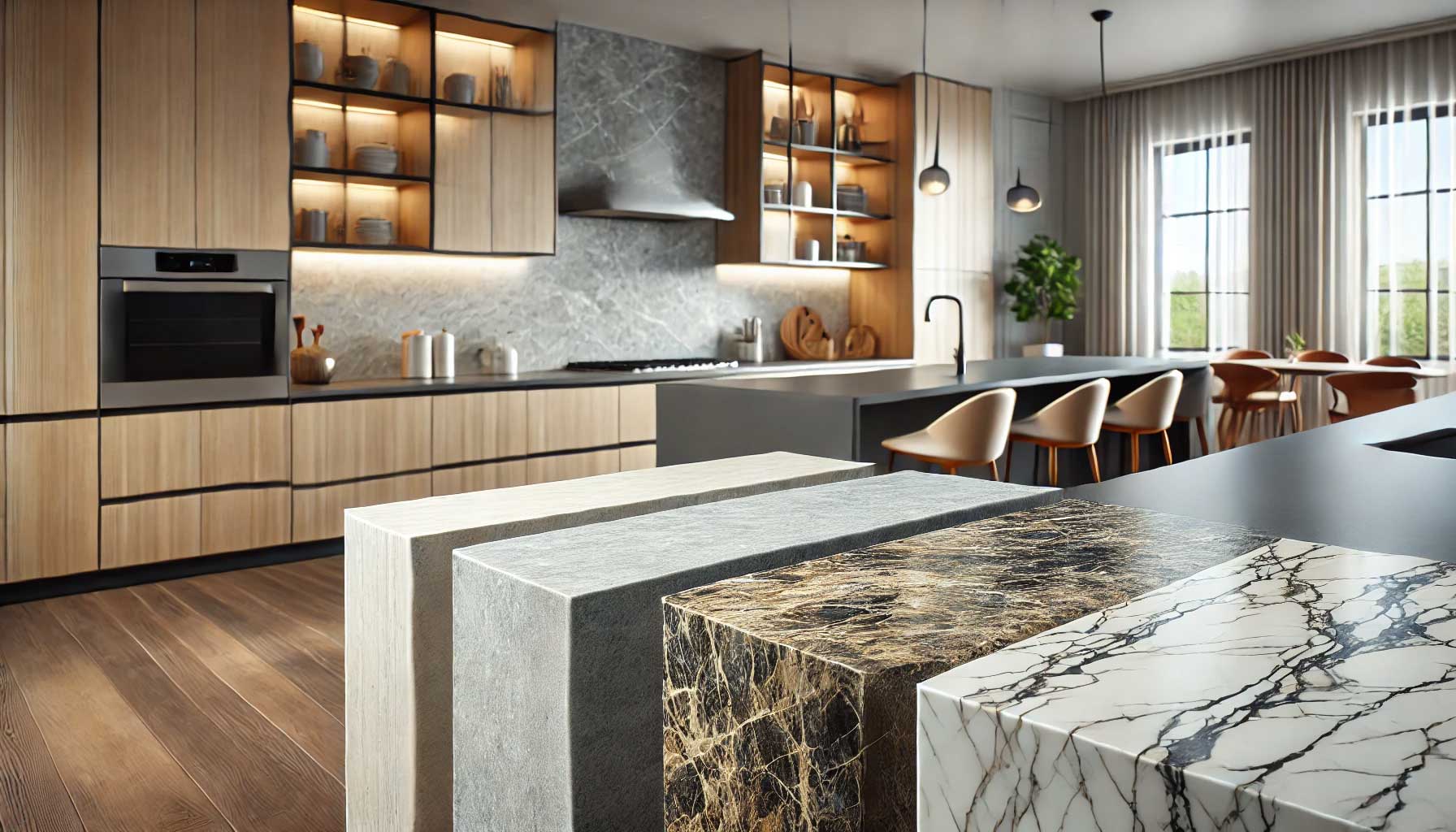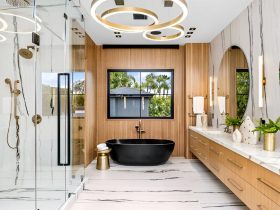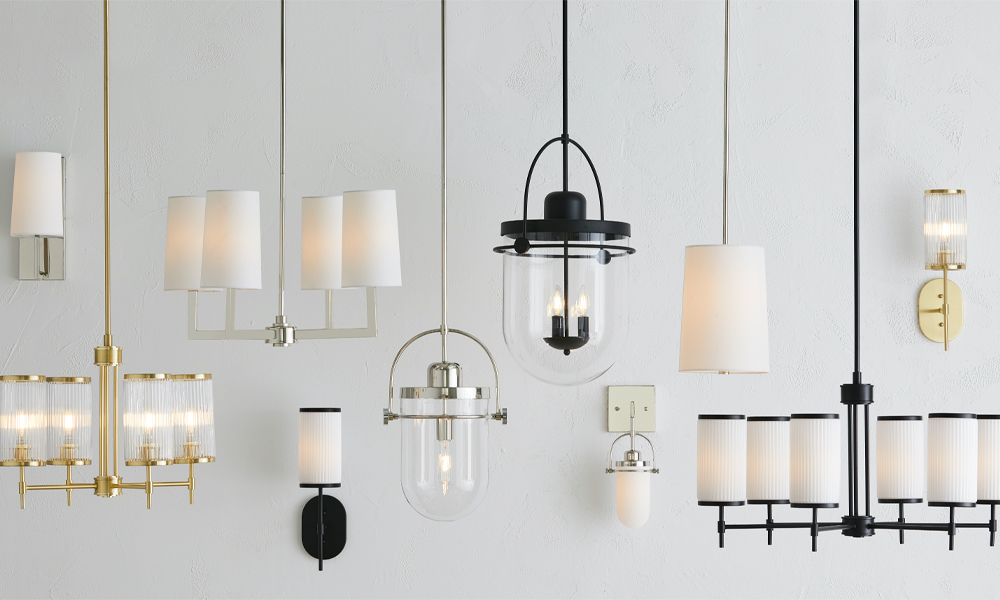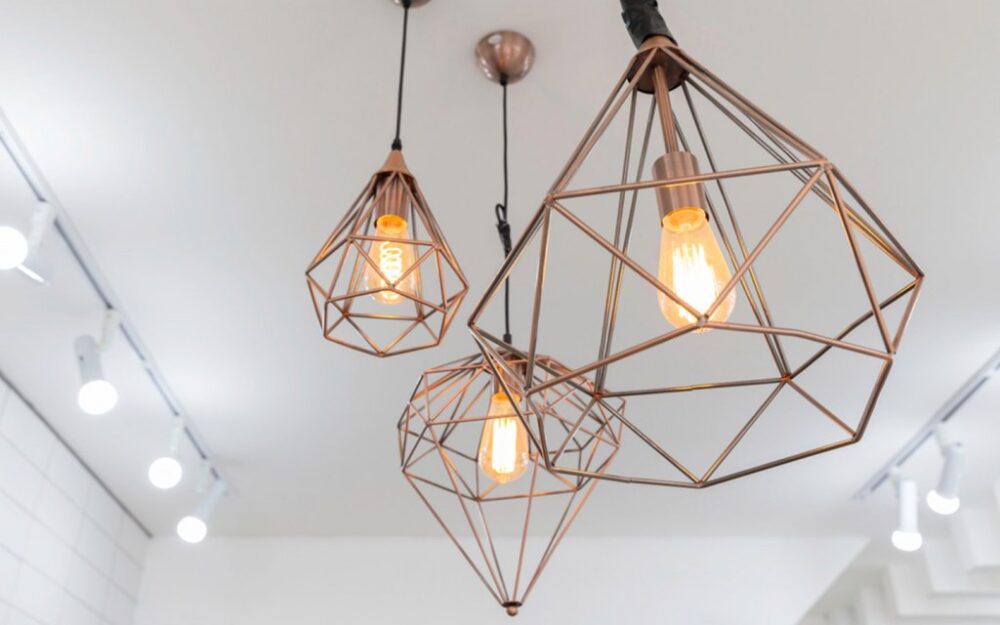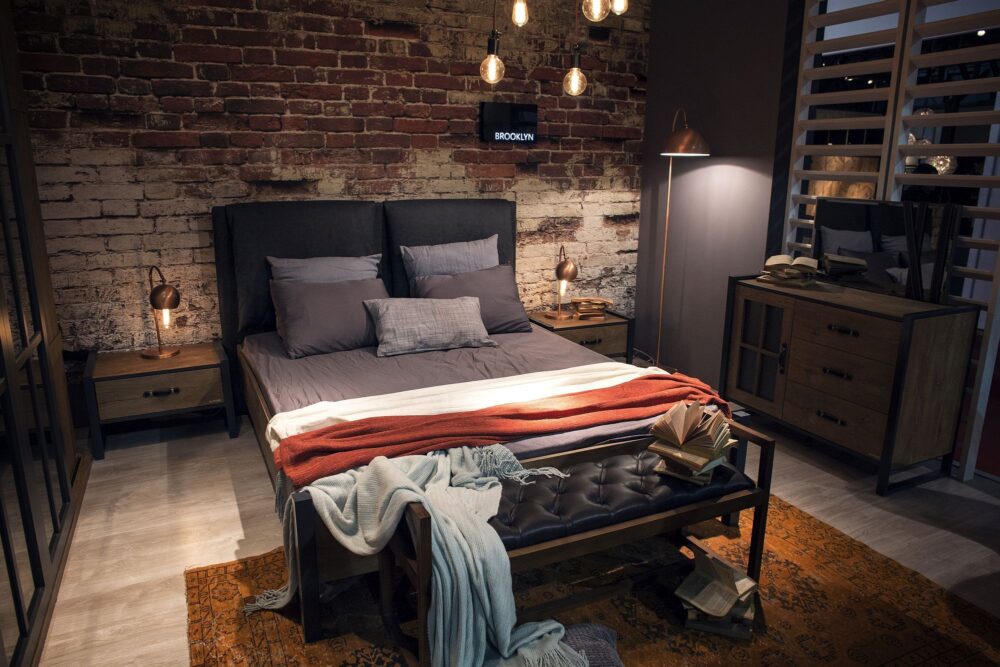Before thinking of the future of lighting, let’s have some insights into its evolution path. It may help us to predict what comes next in the lighting industry.
Evolution Path in Lighting Technology
The core building blocks of the lighting system consist of the following components.
- Control Units: It is a centralised location where decisions about lighting functions take place.
- Input Devices: Sensors and switches provide real-time data to the control unit.
- Output Devices: Dimmers or relays, like an executor, carry out the command issued by the control unit to the lighting fixtures.
- Communication Path: It relays instructions between the control unit and output devices.
- User Interface (UI): Knobs, touch panels, and mobile apps allow interactions with the system, offering lighting preferences.
Evolution of Communication Protocol:
In the era of early 2000s, lighting technology was at an infantile stage. For the X10 protocol, basic communication was difficult because signals were lost in the electrical noise. However, infrared remote controls were promising despite their line-of-sight restrictions.
In 2005, Z-Wave protocols arrived in the lighting technology scene, and it has changed everything. The mobile revolution was also accompanied by a lighting technology revolution.
Now, IT experts have adopted three distinct approaches.
- Google Home implemented Wi-Fi for smart lighting design using the current home network.
- Amazon took Alexa a step further by selecting Zigbee for smart lighting solutions.
- Apple HomeKit used Thread technology, where each device’s PaaS signals to others. Thus, it works best in large premises and prevents dead zones.
Emerging Matter protocol ensured reliable connectivity between devices. Thus, it provided significant advancements in smart home interoperability. It has created a unified standard to ensure compatibility across different platforms or brands. Thus, modern lighting consultants can mix and match fixtures and devices from different manufacturers without compatibility issues.
Evolution of Motion Sensor Lights:
The initial motion sensor was passive infrared (PIR). It detected heat emitted by humans, animals, and vehicles. Today, we have microwave, ultrasonic, and hybrid technologies to create advanced motion sensor lights. Thus, modern technology differentiates a potential intruder and benign background motion.
It is no longer limited to mere on-off functionality. It comes bundled with adjustable settings for sensitivity levels. Illumination duration, remote control with smartphone integration.
Evolution of Centralised Control Hub:
Manual Control:
Earlier and still today, a manual lighting control system is used, using manual switches, knobs, and dials.
Time-based Control:
The next move was a time-based control system. It operates on pre-set schedules. It proved a game-changer in the case of streetlights and paths in the landscapes.
Occupancy or Vacancy Sensor Control:
When someone walks into or walks out of a room, lights magically turn on or off using infrared or ultrasonic sensors. It controls lights in conferences or restrooms of commercial spaces and saves energy wastage.
Photosensors:
They measure ambient natural daylight and adjust artificial lighting to complement natural daylight for consistent illumination.
Dimming System:
It gives the flexibility to adjust light levels for brightness. It is used in offices and restaurants where glare is an issue.
Colour Temperature Control:
Different tasks need different colour temperatures. For instance, the bedroom needs to be cooler, while cosy lounges opt for warmer hues.
Network Lighting System:
It connects lighting controls over a network to centralise monitoring and controls.
Wireless Control System:
It offers flexibility and ease of installation, where wires can be cumbersome.
Evolution of Lighting Fixtures:
Ancient civilisation depended on candles and oil lamps. Later on, gas lamps were introduced. In 1879, Thomas Edison invented incandescent light bulbs and began the electric lighting era. In the 20th century, we witnessed fluorescent lights and then Halogen lights. Today, we have Light Emitting Diode (LED) technology to offer energy-saving and smart control over lighting solutions.
According to our lighting consultants, the future of lighting leads us to OLED (Organic LED) and Quantum Dot technology that will remain human-centric and provide bespoke lighting design integrated with home automation using IoT and smart mobile technologies.
Home Automation and Bespoke Design for Every Home in the UK with the Bright Future of Lighting
What Is Home Automation?
It refers to the integration of multiple control tools and apps into a single integrated system. It involves various components, such as:
- Lighting control
- Environmental control includes heating, cooling, windows, and ventilation
- Home security
- Access control
- Entrainment systems
- Audiovisual distribution
Thus, home automation with smart lighting design solutions can give modern lighting consulting agencies immense control over your lighting usage, patterns, and usability.
Bespoke Lighting Design:
At Artiste Lumiere, our expert lighting consultants provide bespoke lighting design with the following advantages.
Unique and Personalised Lighting Design:
We create one-of-a-kind fixtures that seamlessly complement the individual style of home decor.
Statement Places:
We offer custom lighting fixture design, such as sculpture chandeliers, minimised pendant lights, etc., to create focal points and enhance the overall aesthetics of the space.
High Home Value:
Our luxury updates in home lighting design can improve home value in the market.
Team of Expert Lighting Design Consultants:
We have a team of expert lighting design consultants offering you lighting design consulting services with complete guidance on the selection of brands, craftsmanship, and unique lighting vision.
The Future of Lighting
During the entire journey, we have seen the smart lighting industry rapidly evolving with emerging technologies, such as:
Integration of AR and VR Technologies:
Integration of smart lighting technology with AR (Augmented Reality) and VR (Virtual Reality) is valuable for gaming, training simulations, virtual tours, and creating immersive experiences.
Quantum Dot & OLED Technologies:
These technologies offer extensive colour accuracy, energy savings, and lighting design flexibilities by creating ultra-thin, transparent, and flexible lighting panels for various surfaces and objects.
Li-Fi Technology:
Light Fidelity (Li-Fi) uses LED lights to transmit data, transforming smart lighting systems into high-speed internet access points and eliminating additional Wi-Fi network integration.
Advanced Sensors:
They incorporate air quality sensors, biometric monitoring, and health checks, including heart rate, stress levels, and sleep patterns, to see lighting impacts to offer comforts.
AI Capabilities:
AI integration enables us to provide highly personalised and predictive lighting experiences. It also offers broader usage patterns, weather data, and seasonal changes to create meaningful automation solutions for lighting design. An integration of IoT technology with AI technologies results in smart and comprehensive lighting solutions, according to our expert lighting consultants.

